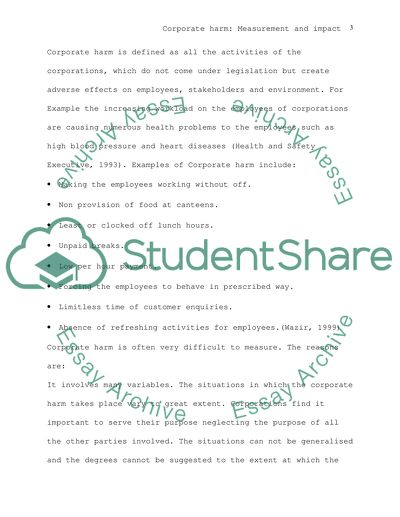Cite this document
(“Corporate harm: Measurement and impact Essay Example | Topics and Well Written Essays - 2000 words”, n.d.)
Retrieved from https://studentshare.org/law/1503973-corporate-harm-measurement-and-impact
Retrieved from https://studentshare.org/law/1503973-corporate-harm-measurement-and-impact
(Corporate Harm: Measurement and Impact Essay Example | Topics and Well Written Essays - 2000 Words)
https://studentshare.org/law/1503973-corporate-harm-measurement-and-impact.
https://studentshare.org/law/1503973-corporate-harm-measurement-and-impact.
“Corporate Harm: Measurement and Impact Essay Example | Topics and Well Written Essays - 2000 Words”, n.d. https://studentshare.org/law/1503973-corporate-harm-measurement-and-impact.


